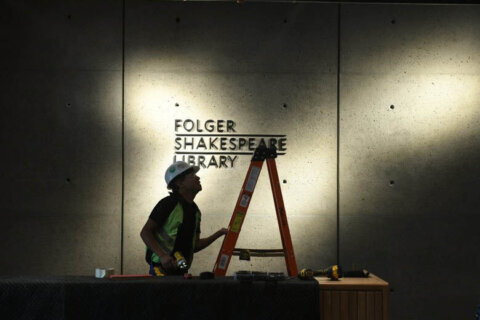This video is no longer available.
The newly renovated Folger Shakespeare Library will host a ribbon cutting this Friday near Capitol Hill.
WTOP got a special sneak peek of the new digs that were remarkably built underneath the historic building.
“We first dreamed this project up 11 years ago (and) about seven years ago, we started to design this renovation,” Folger Shakespeare Library director Michael Witmore told WTOP. “It was an $80.5 million renovation that created a new 12,000-square-foot pavilion that is inserted under our historic building and created beautiful public gardens. It was designed to allow us to display our most valuable artifacts and to welcome people to a destination.”
The library was the brainchild of Standard Oil President Henry Folger and his wife Emily, who lived in Brooklyn, New York, but decided to donate their priceless collection to Washington, D.C. so that the nation’s capital would have an expansive library research facility to accompany the first permanent Elizabethan theater in the United States.
“They were creating that collection in Brooklyn and looking where to put it,” Witmore said. “They spotted this land next to the Library of Congress and the future Supreme Court. … Mr. Folger called the Librarian of Congress and said, ‘I have a collection of inestimable value that I want to make available to Washington.’ … So, it was actually an Act of Congress that preserved this plot so the Folgers could create their rare book and manuscript library.”
The library opened in 1932, housing 22,000 linear feet of English Renaissance material from 1530-1700.
“The Folger Shakespeare Library was created in 1932 as a living memorial … and 90 years later, we needed to add this public space in a way that complemented the historic building,” Witmore said. “We had to hold this building up temporarily while we demolished the foundations underneath, poured newer and deeper ones, then inserted this new public pavilion that includes over 5,000 square feet of gallery space for us to engage the public.”
The new renovation also includes a pair of beautiful outdoor gardens inviting you into the building.
“You’re going to first be greeted by beautiful gardens that create two meadow-like spaces on either side of our building (with) a poem by Poet Laureate Rita Dove that welcomes you and tells you to leave that official world behind,” Witmore said. “Come down the garden path and enter a forest of books. As you come into the new pavilion, you are greeted by two new exhibition halls, which contain fabulous rare books and manuscripts.”
This includes 82 copies of Shakespeare’s First Folio, a 900-page book printed in 1623, providing the only source of 18 of his plays, as well as the first printed versions of “Macbeth,” “Twelfth Night,” “The Winter’s Tale” among others.
“Shakespeare wrote 38 plays and during his lifetime only 18 were printed,” director of education Peggy O’Brien said. “Shakespeare died in 1616, and seven years later, two actors thought they should print all of his plays in one book. … These books were printed in 1623 and Folger has 82 copies of the First Folio. … Thirty-seven plays were printed in the First Folio … and this was the first time that anybody divided them into comedies, histories and tragedies.”
The collection also includes other paperback prints, including the first copy of “Romeo and Juliet” from 1597.
“In that time, books were only printed if the plays had already been on stage and they were a big hit, so the fact that ‘Romeo and Juliet’ was printed, this tells us that it was a big hit,” O’Brien said.
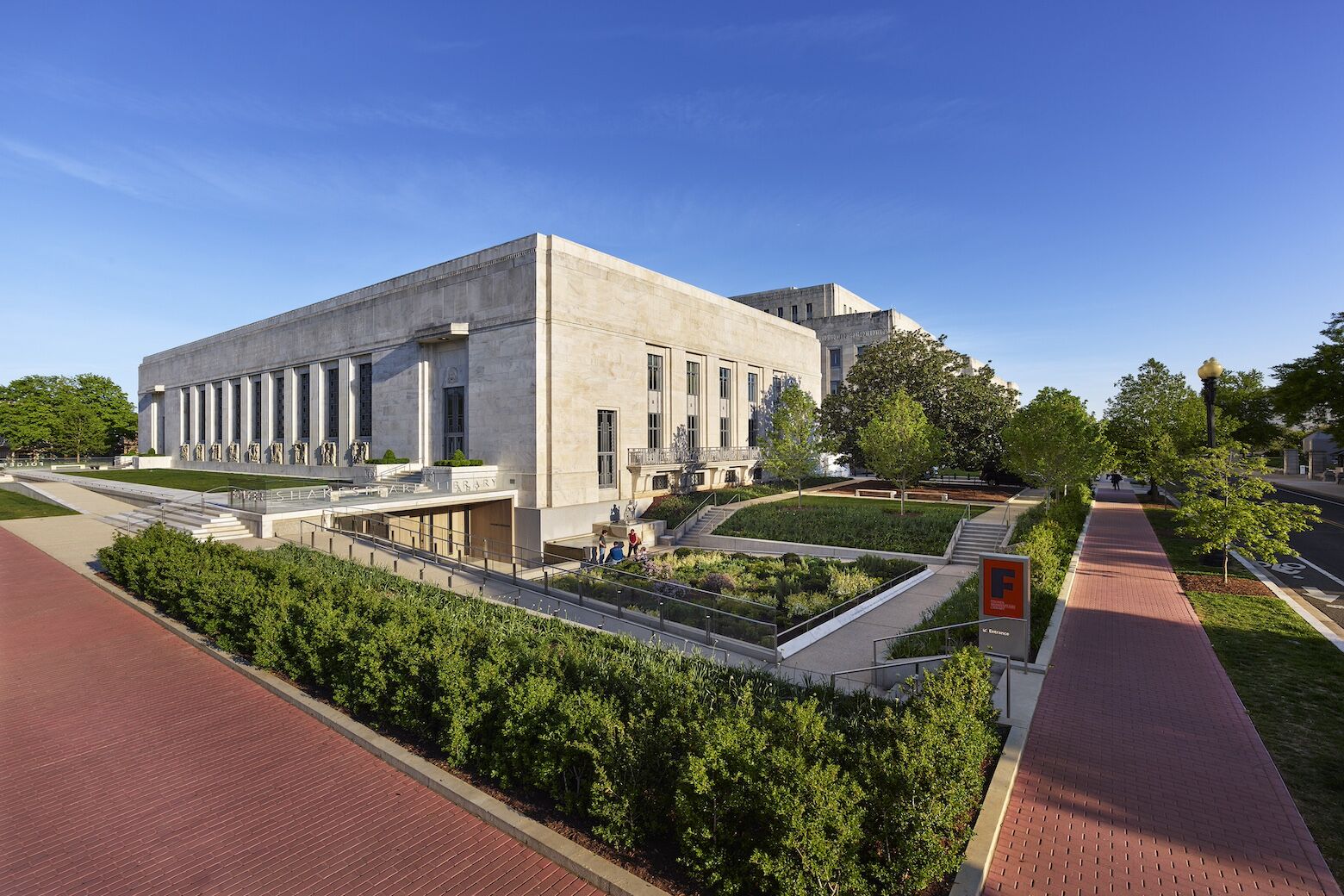
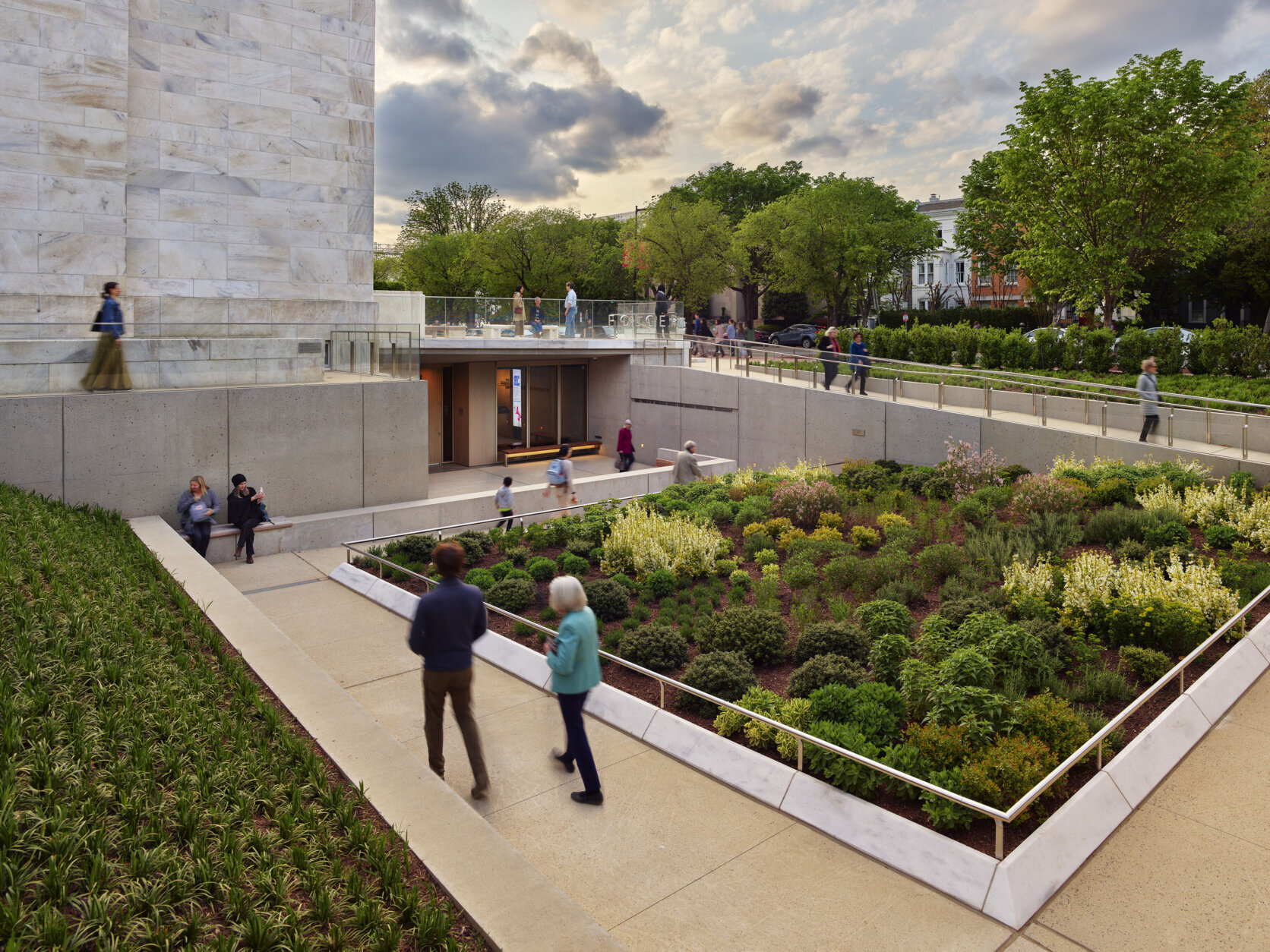
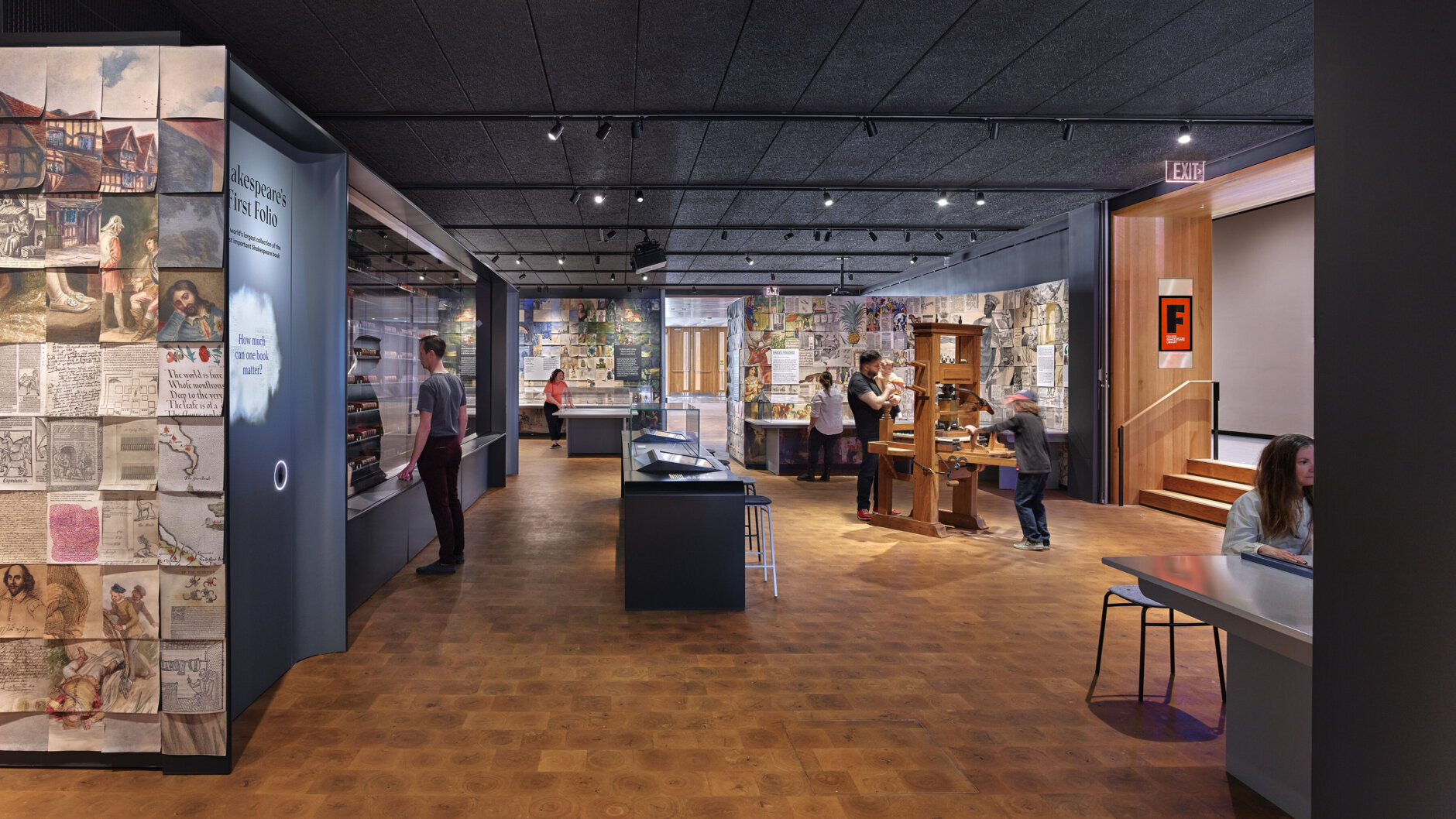
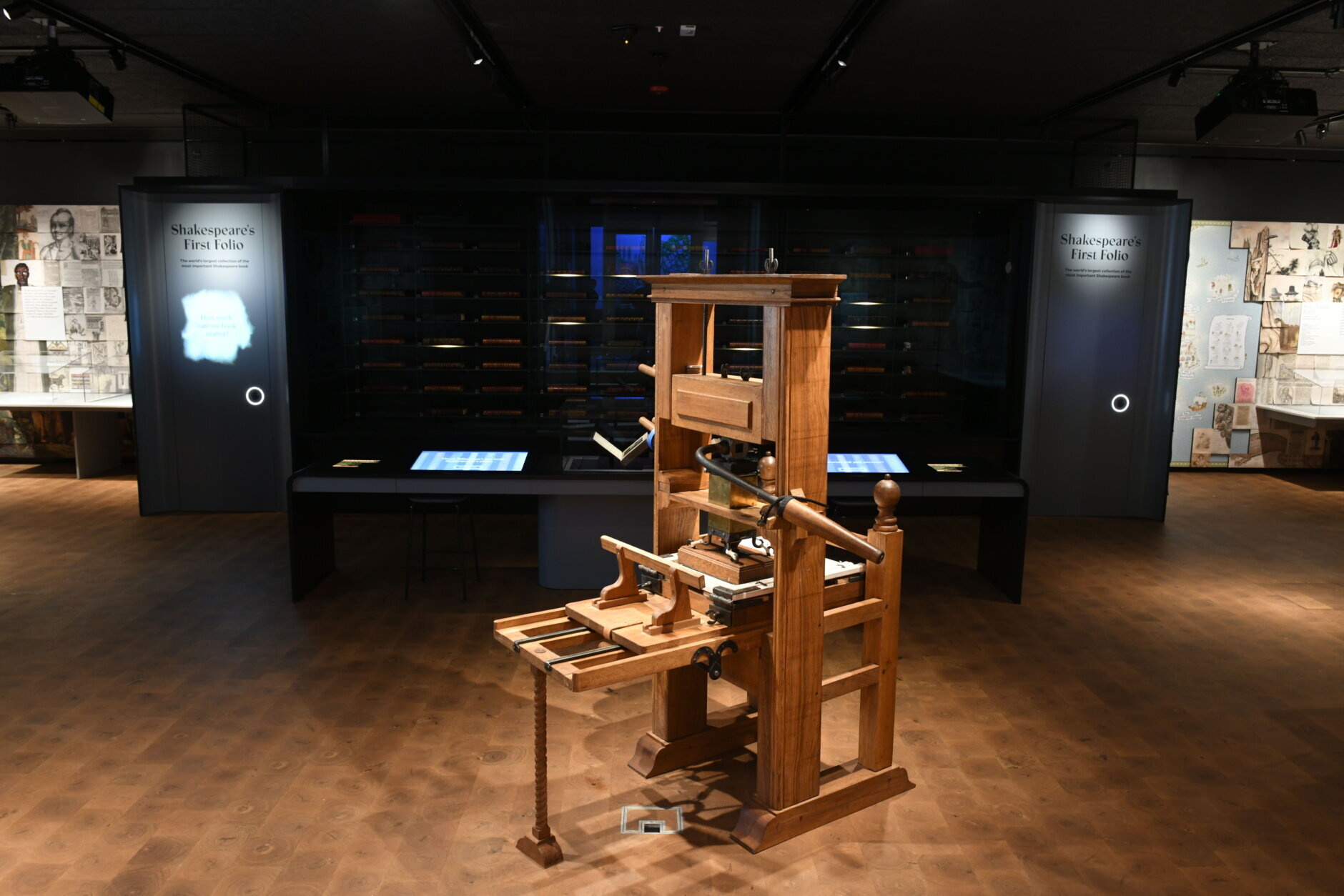
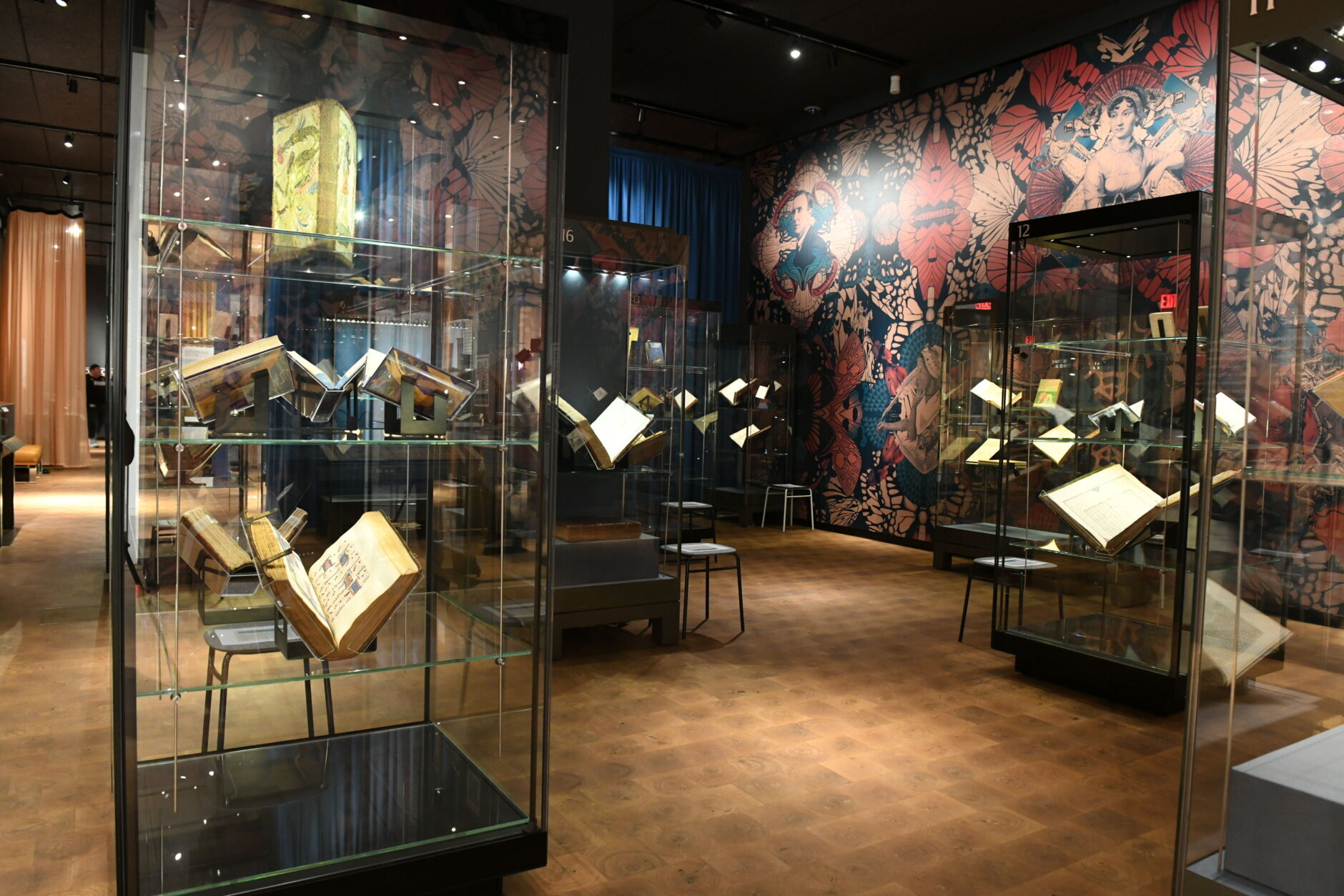
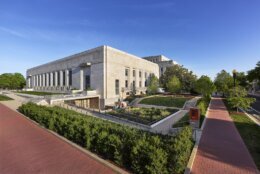
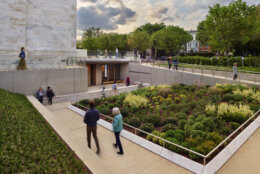
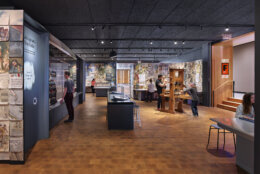
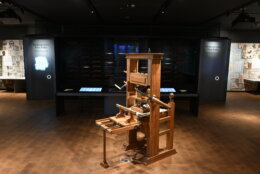
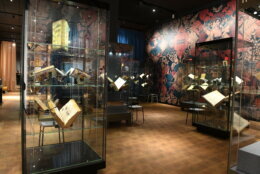
O’Brien is also excited for visitors to see live demonstrations of a working retro printing-press.
“This printing press was made specially for the Folger according to directions that were included in the first printing manual printed in English in 1683 that we have in our collection,” O’Brien said. “A man named Alan May in England took those directions from our collection and created this press for us, so that people could get a sense of how Shakespeare’s plays were printed — and other things that were printed around that time.”
Another vault showcases early prints of Charles Dickens’ “A Tale of Two Cities,” Jane Austen’s “Pride & Prejudice,” F. Scott Fitzgerald’s “The Great Gatsby,” Mark Twain’s “The Adventures of Huckleberry Finn,” Daniel Defoe’s “Robinson Crusoe,” Emily Brontë’s “Wuthering Heights,” L. Frank Baum’s “The Wizard of Oz,” J.R.R. Tolkien’s “The Lord of the Rings,” Jonathan Swift’s “Gulliver’s Travels” and Jules Verne’s “Journey to the Center of the Earth.”
After exploring these two new exhibition halls, visitors can enjoy a bite at a brand new cafe called Quill & Crumb, then take in a show at the prestigious Folger Theatre, which is currently staging a play called “Metamorphosis.”
“We used to get around 60,000 visits a year,” Witmore said. “Our neighbors at the Library of Congress and the Capitol Visitors Center get many millions, so we believe that we’ve got the ability to attract many, many more.”
Listen to my full chat with Michael Witmore here.
Listen to my full chat with Dr. Peggy O’Brien here.
Get breaking news and daily headlines delivered to your email inbox by signing up here.
© 2024 WTOP. All Rights Reserved. This website is not intended for users located within the European Economic Area.


